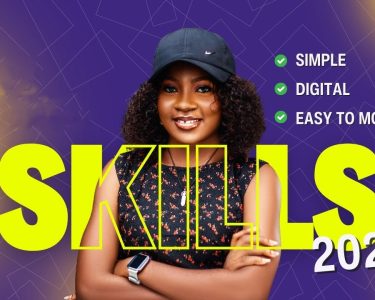Introduction:
Welcome to a journey into the heart of special education, a realm where promises made often remain unfulfilled. Guided by Emily Harper, a passionate education advocate, this exploration seeks to unravel the systemic challenges and personal narratives that cast shadows on the special education landscape.
The Broken System: Unmet Promises and Systemic Issues
As we delve into the broken promises of special education, it becomes evident that the gap between commitment and reality is vast. Promises of individualized education plans (IEPs) and tailored support often clash with the systemic issues plaguing the educational system. Inadequate funding, inconsistent inclusion practices, and a lack of standardized teacher training contribute to a landscape where promises remain unfulfilled. While on the surface, special education may appear to be a beacon of inclusivity, the reality is far more complex. Disparities in funding allocation lead to resource shortages, impacting the quality of support available to students with special needs.
Voices in the Shadows: Personal Stories of Struggle and Resilience
To humanize the issue, we turn our attention to the voices often overshadowed in the shadows the students, parents, and educators directly impacted by the shortcomings of the special education system. Through poignant personal stories, we aim to offer a glimpse into the daily challenges faced by individuals within this educational framework. Meet Maria, a mother tirelessly advocating for her son with autism, who struggles to secure adequate support in a system stretched thin. Discover the resilience of Alex, a high school student with dyslexia, as he navigates an education system that often fails to address his unique learning needs.
Comparative Table: Special Education Policies Across States
To comprehensively understand the complexities of special education, let’s turn to a comparative table examining policies across states. This visual guide highlights both common features and disparities, offering a snapshot of the challenges faced by students, parents, and educators.
| Aspect | Common Features | Disparities and Challenges |
|---|---|---|
| Funding Allocation | Varies by state, impacting resource availability | Discrepancies in funding lead to inequities |
| Inclusion Practices | Differing approaches towards inclusive education | Lack of standardized practices affects outcomes |
| Teacher Training | Varied requirements for special education training | Inconsistencies impact teacher preparedness |
Legal Framework: Navigating the Rights and Challenges
Examining the legal landscape surrounding special education reveals both rights afforded and challenges faced by students. The Individuals with Disabilities Education Act (IDEA) outlines the rights of students with disabilities, emphasizing the importance of a free and appropriate public education. However, the implementation of these rights often encounters challenges, ranging from bureaucratic hurdles to a lack of awareness. Despite legal safeguards, the reality is that many students with special needs struggle to access the education they are entitled to.
Systemic Inequalities: Disproportionality and Underrepresentation
A critical aspect of the broken promises in special education is the issue of disproportionality and underrepresentation. Certain demographics, particularly students of color, are disproportionately identified for special education services. This not only leads to inequalities in access and support but also perpetuates systemic biases within the educational system. Unpacking the complexities of this issue requires a deep dive into the data and an exploration of how biases and misconceptions contribute to the disproportionate representation of certain groups in special education.
Educator Perspectives: Navigating Challenges in the Classroom
To gain a comprehensive view, it’s crucial to consider the perspectives of educators within the special education system. Teachers on the front lines face unique challenges in delivering quality education to students with diverse needs. Inconsistent teacher training requirements, coupled with the demand for adaptability within the classroom, contribute to the challenges educators encounter. Emily Harper engages with educators to capture their insights, highlighting the barriers they face and the innovative solutions they employ.

Towards a Brighter Future: Reforming Special Education
As we navigate the complexities of broken promises in special education, it becomes imperative to discuss actionable reforms. Proposing solutions at various levels systemic, policy, and community can pave the way for a brighter future where promises are not just made but consistently fulfilled.
- Systemic Reforms: Advocating for increased funding, standardized teacher training, and inclusive practices at a systemic level can address root issues that contribute to unmet promises.
- Policy Changes: Pushing for policy changes that prioritize equity and inclusivity within special education policies can lead to a more consistent and supportive framework.
- Community Engagement: Engaging communities in conversations about special education, fostering understanding, and reducing stigmas can contribute to a more inclusive and supportive educational environment.
Conclusion
In conclusion, this exploration into the unfulfilled promises of special education serves as a call to action. The shadows that obscure the challenges faced by students with special needs need to be illuminated. Emily Harper’s guidance has unraveled the complexities, from systemic issues to personal narratives, laying the groundwork for informed advocacy and change.




